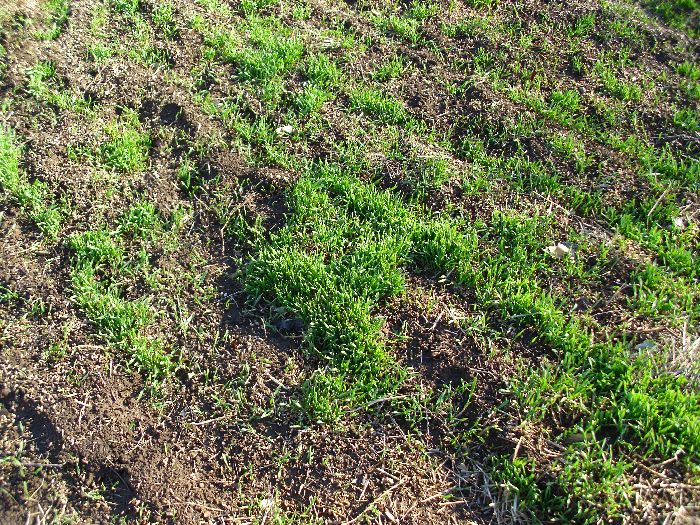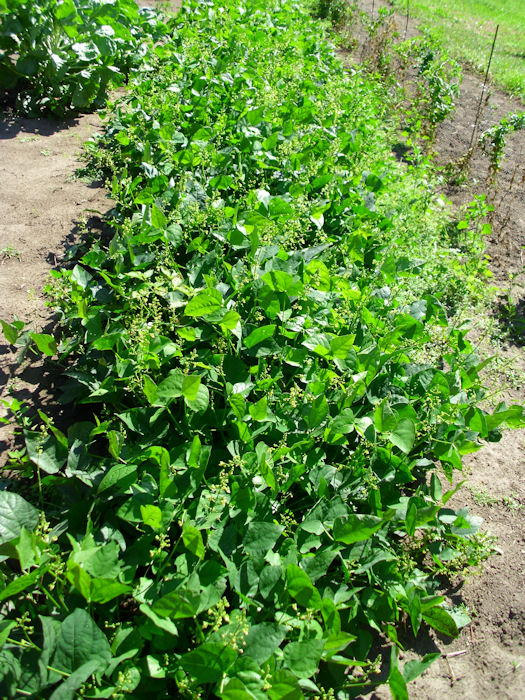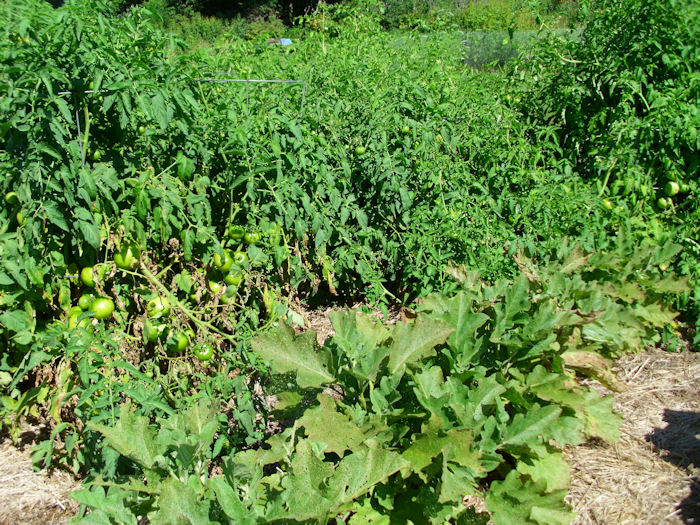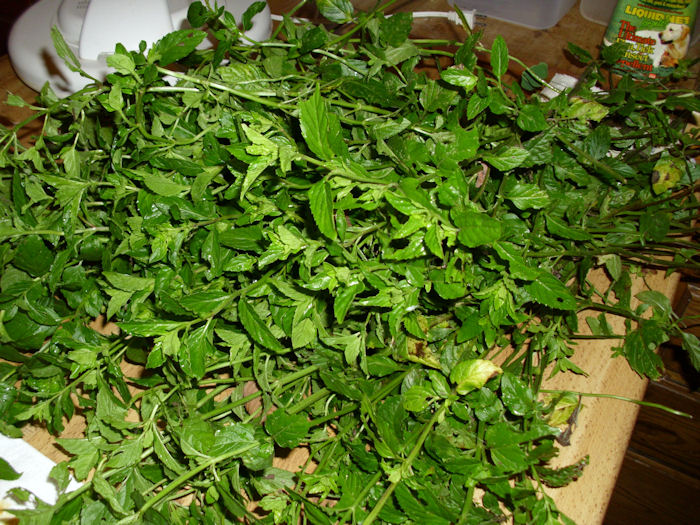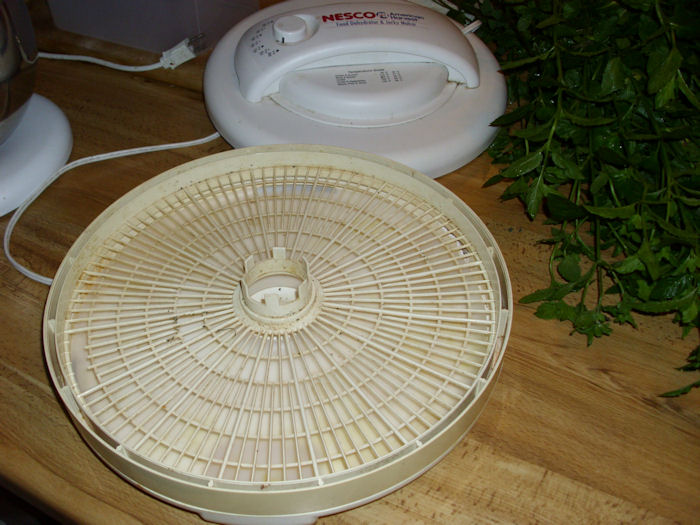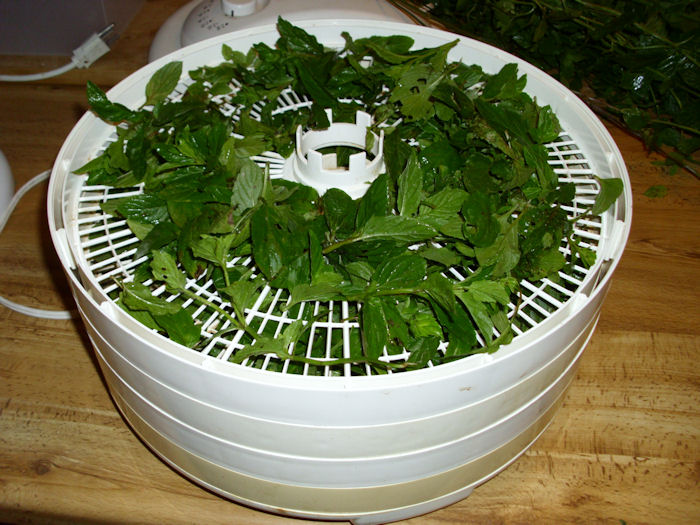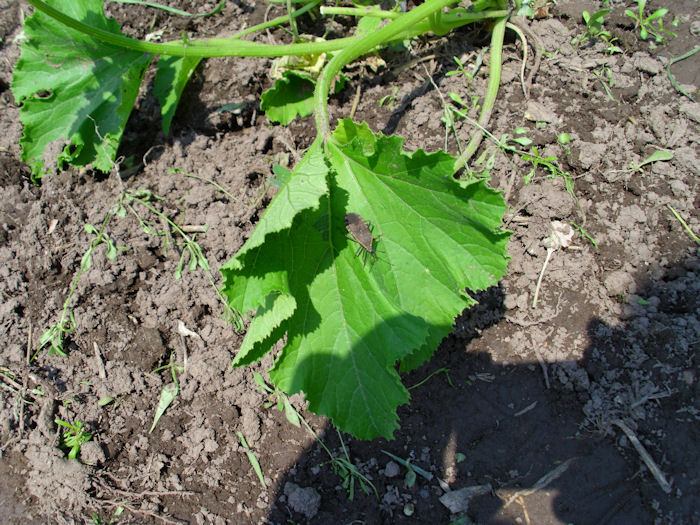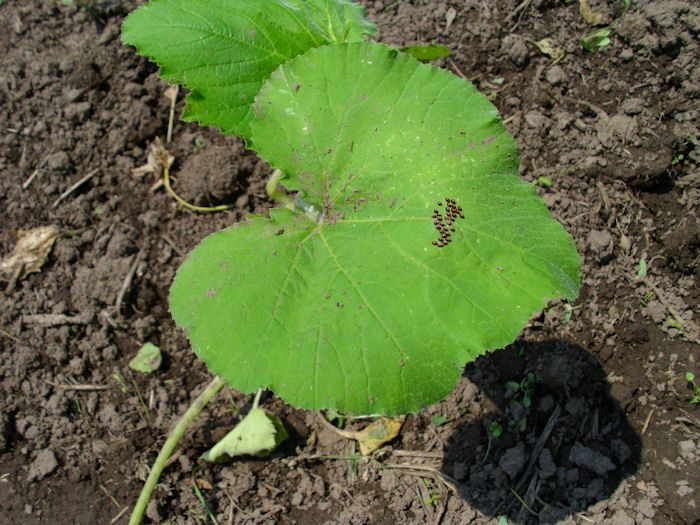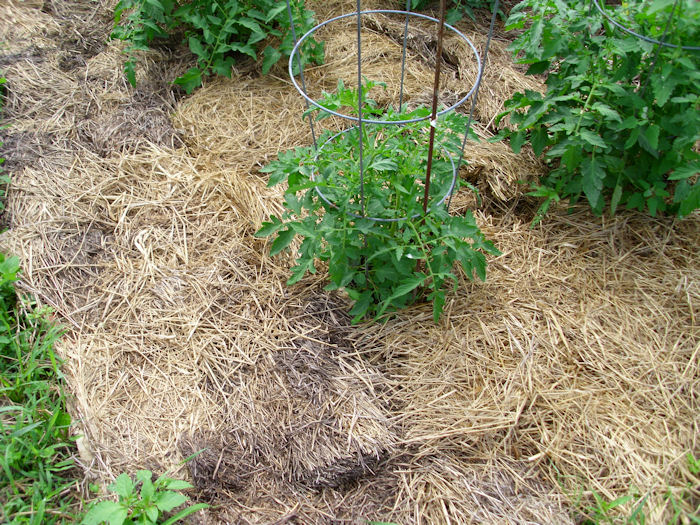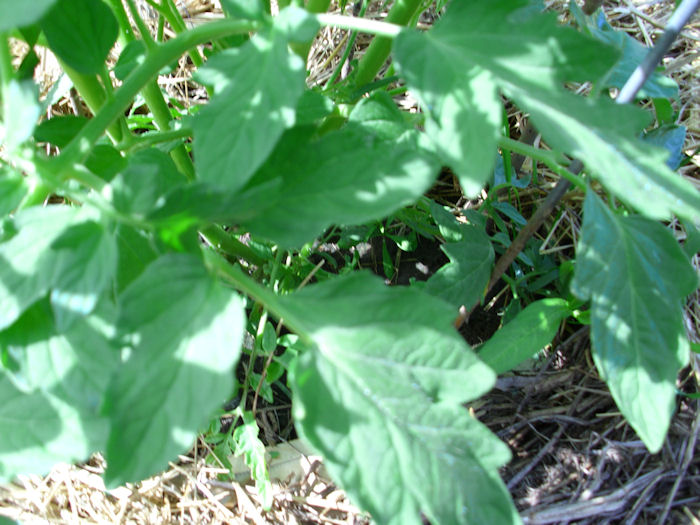Every time I hear someone talk about global warming, they discuss the issue in terms that have no real meaning to me. Yes, I understand that the average temperature is going to increase as a result of global warming and that I’ll see weather pattern changes. However, what does it really mean to me? Why should I care? I don’t mean to appear uncaring, but prognostications of impending doom are better served with a dose of reality.
I’ve already discussed one direct result of global warming-the USDA has defined new hardiness zones as described in my Contemplating the Hardiness Zone Changes post. However, even this direct result of global warming doesn’t say much to me. It’s not an indicator that I see every day-something I can point to and say that it’s the result of putting too many of the wrong chemicals into the air. This is the case for a lot of people. As they aren’t seeing the direct consequences of global warming, they don’t consider it to be their problem. However, every person has a part to play in global warming. Global warming is always happening, and we are all partly to blame. Luckily, there’s still time and there are things we can do. One of the most popular methods to prevent global warming is tree planting. As trees absorb carbon dioxide, they can lower the amount of CO2 in the air. That’s why trees are so important. Thankfully, more companies are understanding the challenges of global warming and are trying to plant trees themselves to save the planet. Loveplugs.co are just one of the companies looking to build a greener community by planting trees, so members of the public might want to take a look at their products to help them in their quest to plant more trees.
However, this spring is providing something in the way of a wake-up call to me personally. Spring came early this year; very early. Odd spring weather is nothing new to Wisconsin-we get odd weather every year. In fact, it’s the variety and uncertainty of weather that attracts me to Wisconsin. However, no one can remember spring coming this early. Our spring has also been quite hot and dry. As a result, vegetables that normally do quite well in our garden, such as broccoli, are doing poorly.
In fact, all of our brassicas are doing poorly. I should have planted the brassicas earlier this year to accommodate the warm spring, but I didn’t. Local wisdom says not to plant too much, especially not tender plants, until Mother’s Day, which was simply too late this year. After talking to a number of other people, I find that I’m not the only one who planted too late. Everyone is complaining about how their broccoli has bolted without growing a head. Yes, you can pick the pieces and use them, but what you get is more like a second crop, rather than that perfect first crop in the form of a head.
The weeds, however, are doing marvelously. Rebecca and I can hardly keep up with them. We’re grabbing bushels of weeds from the garden at a time when we’re normally looking at light weeds and are able to mulch to keep them controlled. This year, we’re battling the weeds with vigor and mulching as soon as we get a patch freed from their grasp. However, I’m thinking that the late summer weeds we normally get poking up through the mulch are going to appear by mid-summer this year, long before we’re ready to harvest some of the end of season offerings (assuming they grow at all).
Fortunately, the news isn’t all bad. We’ve just had the best asparagus season ever. Not only have we had spears vigorously poking their heads above ground, but the spears are thicker and more tender than usual. Rebecca has quite a few meals worth of asparagus already frozen because we can’t even contemplate eating it all without making ourselves sick. So, we’ve learned that asparagus loves exceptionally warm springs, but brassicas don’t.
We’ve also had a pleasant surprise in the form of cantaloupes. Normally we have a hard time growing them, but we try anyway. The other day I noted that our cantaloupes are already flowering. They also appear quite vigorous this year, so I anticipate getting a lot of a cherished fruit that I often have to buy at the store as a “nicety” instead of picking it from my garden. This change in garden does lend credence to my number one rule of planting a wide variety of items to see what works and what doesn’t in a given year. Next year may very well prove to be the year the brassicas fight back, but this year I’m expecting a lot of broccoli soup.
I had mentioned in a previous post that our trees have also been affected by the spring weather. It turns out that our tree fruit harvest is just about ruined due to the odd weather because our trees simply aren’t used to it. We had thought we might get an exceptionally good berry harvest (the bushes are certainly full enough), but the exceptionally dry weather has already caused the black caps (a kind of raspberry) and the blueberries to fail. On the other hand, the grapes apparently love our spring and are putting out more than I’ve ever seen them put out. We can still hope that the blackberry and gooseberry harvests will be good too. The point is to look for the good and bad in the situation (as I described in my Every Year is a Good and a Bad Year post).
When you hear people discuss global warming in the news, it really doesn’t hit home. A degree or two temperature rise doesn’t quite make an impact. Even seeing the loss of ice at the poles doesn’t really hit the nail on the head like seeing your gardening conditions change so significantly that you never imagined they’d be the way they are now. Most scientists now accept global warming as a reality, but they continue to spout facts and figures that most of us can’t begin to relate to. What does global warming mean to you? How have you been affected by it? Let me know at [email protected].

